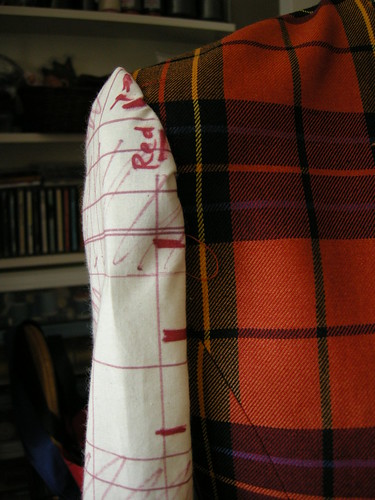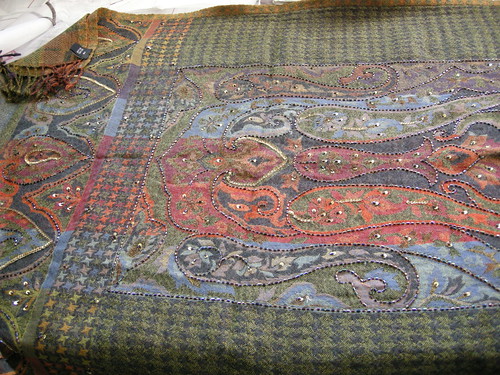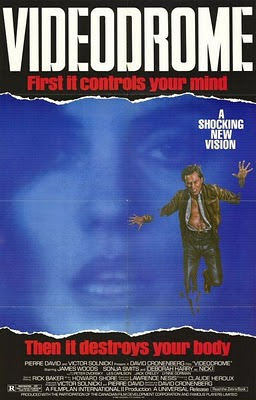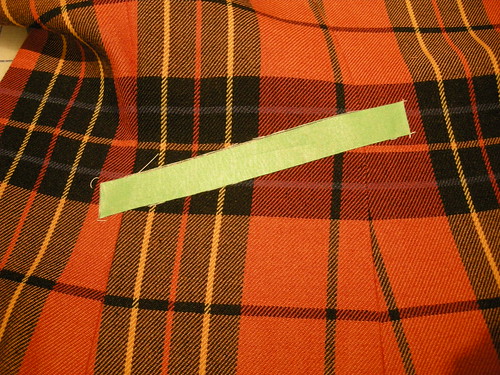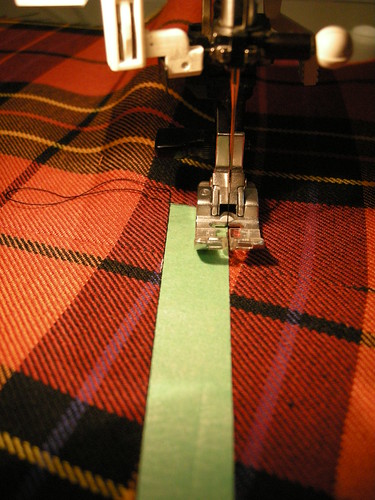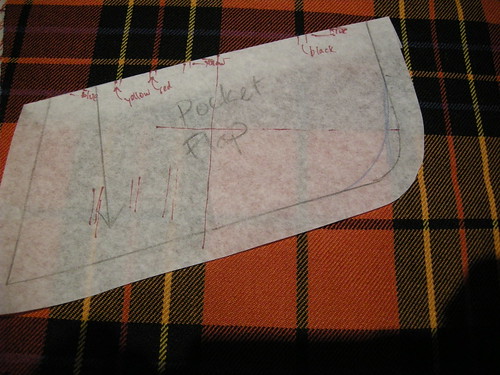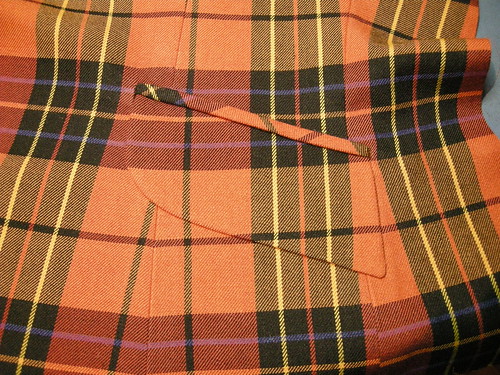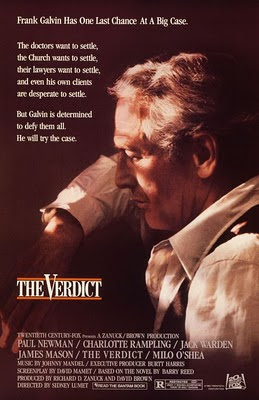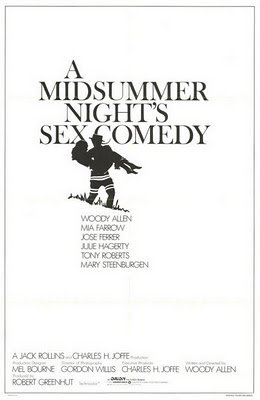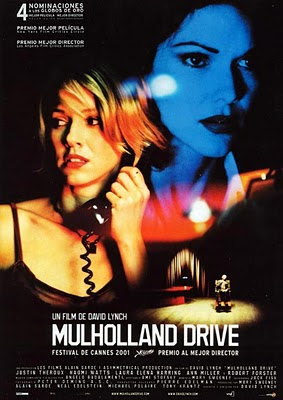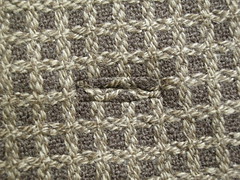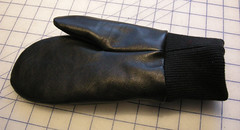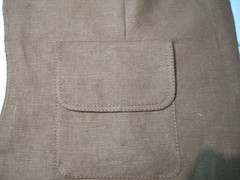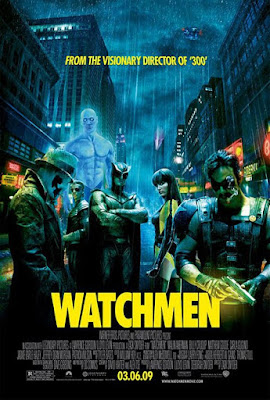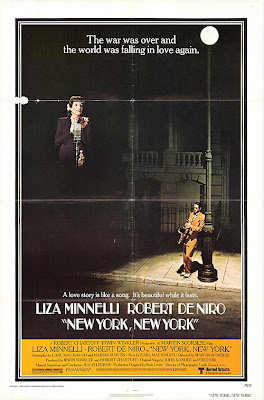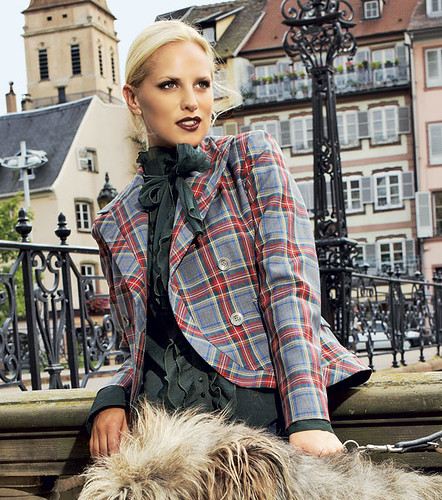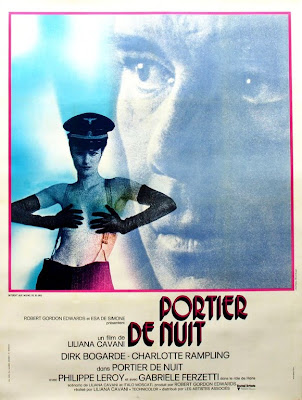
Nick:
I Love Dirk Bogarde. He is wonderful in films like The Singer Not the
Song, Victim , Darling, the Joseph Losey directed quartet he
made from the 60's onwards and so much more. Adam Ant named
an album after him (Dirk Wears White Sox). As a young adult I
read his books. Dirk had one of the best on-screen quiffs. And of
course he was gay (though it wasn't the kind of thing you discussed
around Dirk). He was as close as the UK got to Montgomery Clift,
although unlike Clift, Dirk really did hold it together. Dirk was a
massive movie star who, in later life, took risks with his movie
choices. This meant that when Dirk appeared in European
Arthouse movies, you took it seriously. Dirk had a good track record
in this field (Death In Venice, Providence).
Cavani's The Nightporter was a cult film as I was growing up.
You read that it was shocking, it's concentration camp scenes
groundbreaking and realistic, the sex was adult, X-rated and
outrageous. It still holds a cult following and certainly the
image of Charlotte Rampling, topless save for braces that don't
cover her nipples, wearing a Nazi officer's
hat has eased into pop culture folklore. Iconic indeed. It's such a
shame then that this film is terrible. It's a Last Tango In Paris
made on a mini budget without the Tango (and without a Brando
more's the point). Substitute butter for strawberry jam.
This is a snooze fest, the perfect cure for insomnia. The script is
non-existent.
The plot, simplistic and a complete farce, ex-war
criminal fucks ex-concentration camp victim, they had a thing
for each other all along when back in the Camps. Once back
together he protects her from mad Nazi's in 50's Vienna.
The sex portrayed on screen is lame, pitiful and certainly a long
way from erotic. Flashbacks to the concentration camps suggest
that obviously as people were dying and starving they were just
thinking about having sex. I'm not making this up. What possessed
Bogarde & Rampling to do this? I'm sure intentions were well
meaning at the start. Unless Rampling spills the beans we'll never
know. Maybe she wanted to get it on with Dirk and who can
blame her. The aforementioned scantily dressed scene with
Rampling singing to the Nazi officers is the only decent thing
in this. I did watch this when young and thought it was bad at
the time, why did I put myself (and Astrid) through this again?
I'm not waiting for the inevitable Von Trier re-make.
Astrid:
I could not stay put during this movie. I was fidgeting, checking my
emails, crawling on the floor a little and stretching into different
directions. What started with cool titles and good looks ended with
ridiculous gun shots that just did not matter to me.
At the (cold) heart of this movie there is the love between an ex-nazi
officer and his beautiful victim – whom he obviously saved in
order to have kinky sex. When they accidentally meet years later
as a hotel guest and portier, they fall back into their oppressive
games. They are lamely trying to convince me that there is
something iconic and understandable about willingly going back
to your oppressor. I know there is a suggestion here that
the viewer (especially a woman) would immediately relate to this
sickness. I felt repulsed and bored. What is so sexy about wallowing
in your trauma? Accepting your wounds? Refusing to change?
So what if P.J. Harvey was really inspired by a particular outfit-
scene in this movie. Why should women relate to this love of their
oppression?
Luckily, this film is from 1974. Interestingly it was directed by a
woman. Yes, Charlotte Rampling looks amazing and wears
gracefully her repertoire of upper-class beige outfits, as well as
starvation. But is the way she looks really enough to carry a movie?
The director at one point attempts to convey that this is a question
of the woman's choice – therefore not oppression (possibly even
feminism). Do you want my opinion: she's stupid.
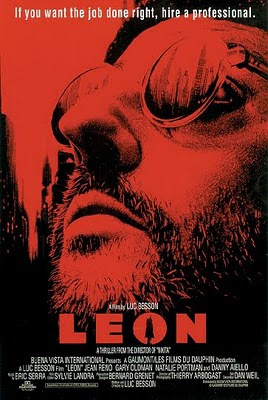 Nick :
Nick :

